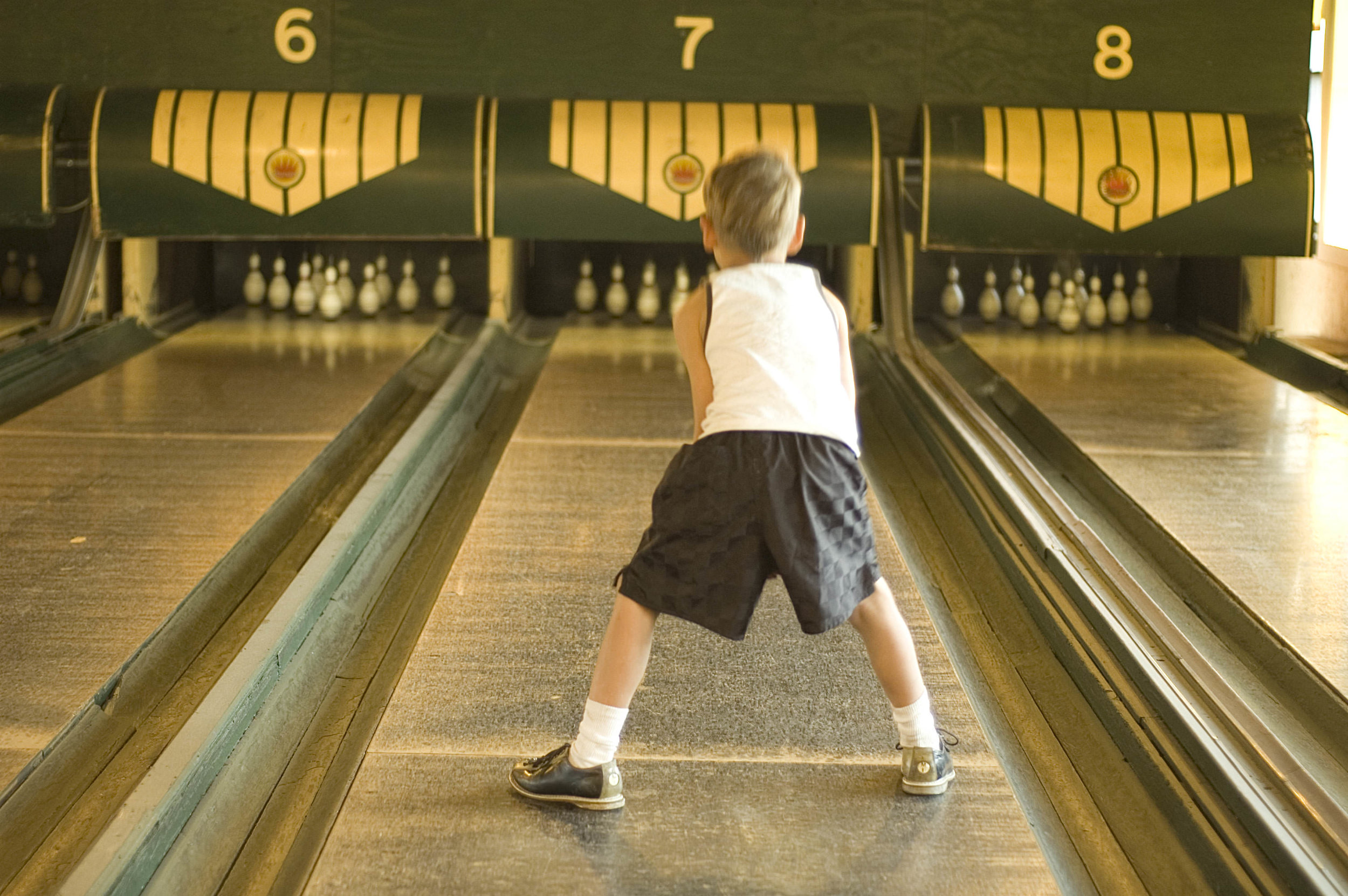Your Roll, Dude
 The traditional game of tenpins has been a stalwart for civic involvement, nervous first dates, and rug-centric films since the days of the Pharaohs. (True, there were no rug-centric films at that time, but society needed something to shoot for.) There's a relationship we have with the lanes that overcomes cultural changes, regional contrast, and social expectations. If nothing else, it gives us a place to go.
The traditional game of tenpins has been a stalwart for civic involvement, nervous first dates, and rug-centric films since the days of the Pharaohs. (True, there were no rug-centric films at that time, but society needed something to shoot for.) There's a relationship we have with the lanes that overcomes cultural changes, regional contrast, and social expectations. If nothing else, it gives us a place to go.
The game has had several variations through the ages, often reflecting the resources and environs available to different cultures. In America, that was no different. New England had its candlepin game, there was cocked-hat in St. Louis, and Texas Kingpin was a game all its own. The Chesapeake Bay area, however, developed the duckpin game. And just like a certain football team, that game found its way to Indianapolis, where it has become an inseparable attribute of downtown's Fountain Square neighborhood.
Duckpin bowling is believed to have originated in New England at the turn of the century, a cross between candlepin and the traditional tenpin games. For a long time, baseball greats John McGraw and Wilbert Robinson were purported to have invented the game at a Baltimore bowling alley. While this is probably just a myth, Bawl'mer took great pride in the game, where it still enjoys huge popularity. The pins are about 2/3 smaller than regular tenpins, and usually very stout. The ball is just a little bigger than a softball, and tends to weigh between 2-4 lbs., depending on the venue. There's a variation known as Rubberband Duckpin that adds thick rubber bands to the pins for maximum "action", though its mostly enjoyed in Baltimore. In recent years, the game has enjoyed a resurgence in popularity, (sparking interesting interpretations,) though the only midwestern venue is right here in Indianapolis.
Visitors to the Fountain Square Theatre have a couple options for bowling, each hearkening back to a different bygone era. When the building was restored in the 1990s, the game was intended to be an integral part of the entertainment experience for visitors. Along with evening swing dancing, it became an enticing draw for Indianapolis teenagers and families. The 4th floor of the Theatre building houses Action Bowl, an 8-lane alley that is furnished with authentic bowling equipment from the 1930's- the heyday of duckpin, and a part of the history of that particular floor. (It opened as Fountain Square Recreation in 1928, functioning as a billiards hall and bowling alley through the depression.) This area has seating for 120, a pre-depression billiards table, and a collection of bowling memorbilia that would make former presidents jealous. Those looking for a more recent nostalgia experience can head to the basement for Atomic Bowl, outfitted with 7 lanes and decor from the 50's and 60's. Vintage pinball tables, a jukebox, and classic "league uniforms" create an environment fit for John Waters himself.
While those of us who went to high school in the 90's and early 00's will have fond memories of rolling the lanes with our best guy or gal, the neighborhood is not just for bowling and dancing anymore. Fountain Square has exploded into a great visitor's district of downtown, housing a top music venue, interesting hybrid businesses, and fantastic bars and eateries. But it's one thing to visit, and another to become a part of the community. Southeast Neighborhood Development corporation (SEND) can introduce you to a neighborhood that, just like the game, is a little bit different but a real treat.
